Multiphase Flow Meters (MPFM) are devices used to measure the individual oil, water, and gas flow rates in a multiphase flow.
The term MPFM is used to define also the metering of wet gas streams (i.e. multiphase flow where the gas content is very high).
What are Multiphase Flow Meters?
A multiphase flow meter is a device used to measure the individual phase flow rates of constituent phases in a given flow (for example in the oil and gas industry) where oil, water, and gas mixtures are initially co-mingled together during the oil production processes.
Magnetic resonance makes use of a fundamental property of atoms and in effect makes it possible to “count” hydrogen atoms. Since oil, gas, and water all contain hydrogen atoms, multiphase flow can be measured using magnetic resonance.
For this purpose, the fluids are magnetized and subsequently excited by radio frequency pulses. The hydrogen atoms respond to the pulses and send back echoes which are recorded.
Multiphase Flow Meter Principle
The amplitude of the echoes and the rate at which they decay is used to calculate the flow rates. The difference in magnetic resonance properties allows making a distinction between the flow rates of oil, gas, and water.
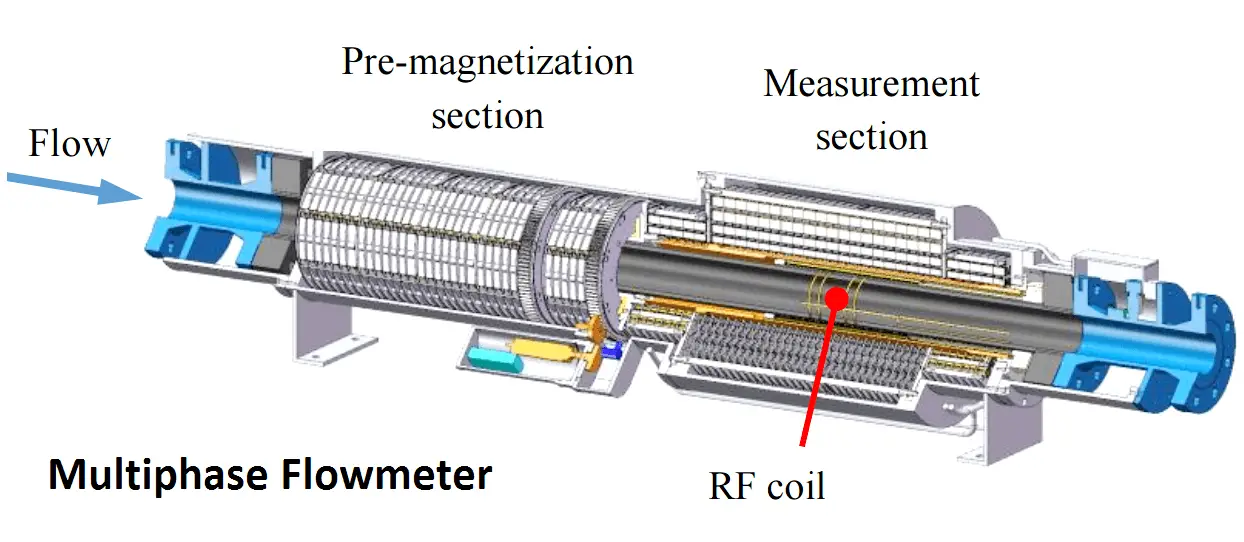
Conceptually, a magnetic resonance multiphase flow meter consists of three sequential steps:
- Creating a net magnetization by aligning the magnetic moments of hydrogen atoms in an applied, constant magnetic field.
- Perturbing the alignment of hydrogen atoms by employing electromagnetic radio frequency (RF) pulses.
- Detecting the radio-frequency signal emitted by the hydrogen atoms during their return to equilibrium alignment in the external magnetic field
This measurement principle also forms the basis of magnetic resonance-based flow metering.
Advantages of Multiphase Flow Meters
Multiphase Flow Meters (MPFM)s are recognized to provide a number of additional benefits to O&G production:
Production allocation metering
MPFM can be employed to reconcile oil, gas, and water measurements at all entry and exit points of a production network, minimizing potential serious economic consequences in terms of taxes and custody transfer due to incorrect allocation;
Fiscal or Custody transfer
when a single processing facility is shared by different producers, MPFMs can be used to meter the production from each license owner;
Production Optimization
Multiphase flowmeters are able to deliver real-time, continuous data concerning the production of the different phases; therefore they can be very useful for reservoir management and for optimization of production.
Flow Assurance
The continuous measurement from MPFMs provides further information to detect potential issues in the production system.
Applications of Multiphase Flow Meters
Multiphase streams are typical of the O&G fields since the producing wells normally generate a mixture of liquid and gaseous hydrocarbons with a variable quantity of water.
Knowing single rates of gas liquid and water is crucial for the production industry in order to monitor the reservoir, to improve the well performances, and to optimize the production.
The traditional solution is represented by the test separators, large vessels where the different phases are divided and then measured through standard single-phase techniques.
However, MPFM is becoming more and more appealing to the O&G Upstream industry, proving as a valuable alternative to the test separators.
If you liked this article, then please subscribe to our YouTube Channel for Instrumentation, Electrical, PLC, and SCADA video tutorials.
You can also follow us on Facebook and Twitter to receive daily updates.
Read Next:
- Averaging Pitot Tube
- Flow measurement Basics
- Impeller Flow Sensor Principle
- What is the Coriolis flow meter?
- Ultrasonic Flowmeters
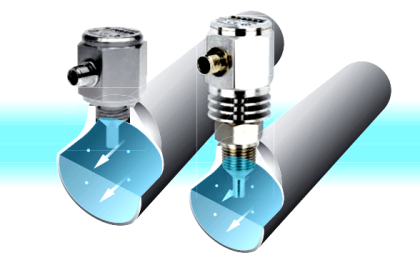

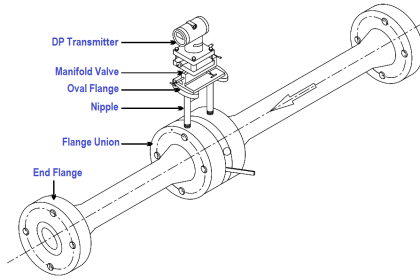

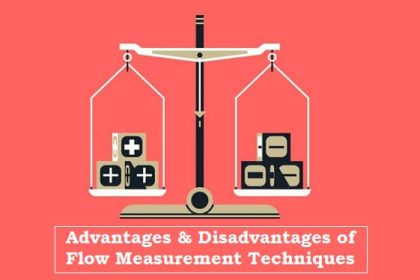

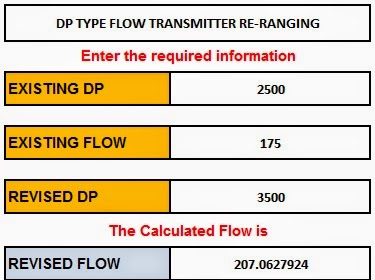
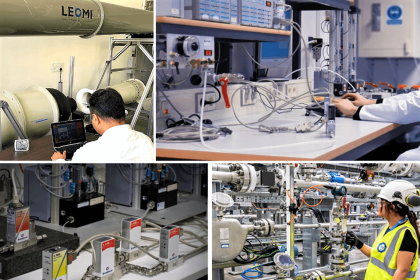
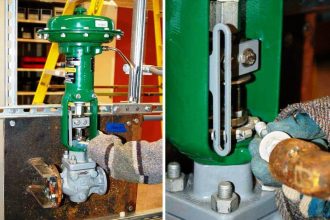
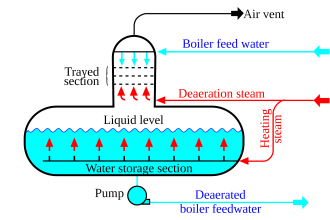

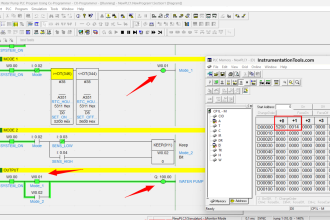
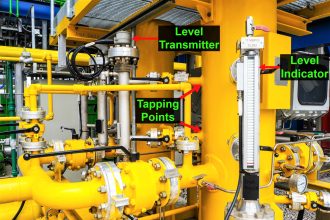

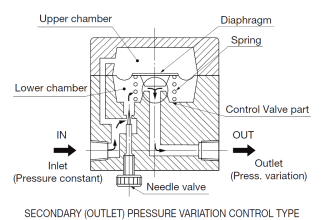
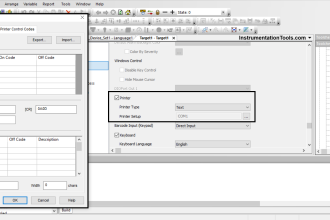

Possible to get Radio active source type multiphase flow meters of slamburger make, working principle.
Dear
thanks for the technical clarification about the method of measurement multi phase fluid flow especially for CPF application (central processing faculties ) for oil/gas /water separation in the oil field .
My question is :Is there another physical method to measure the flow of each fluid or it is only using hydrogen atom or magnetic moments
We are looking for mass flow meters for measuring the out put of our ASU.
The product is LIQUID OXYGEN LIQUID NITROGEN AND LIQUID ARGON.
Please suggest the make and type etc.,